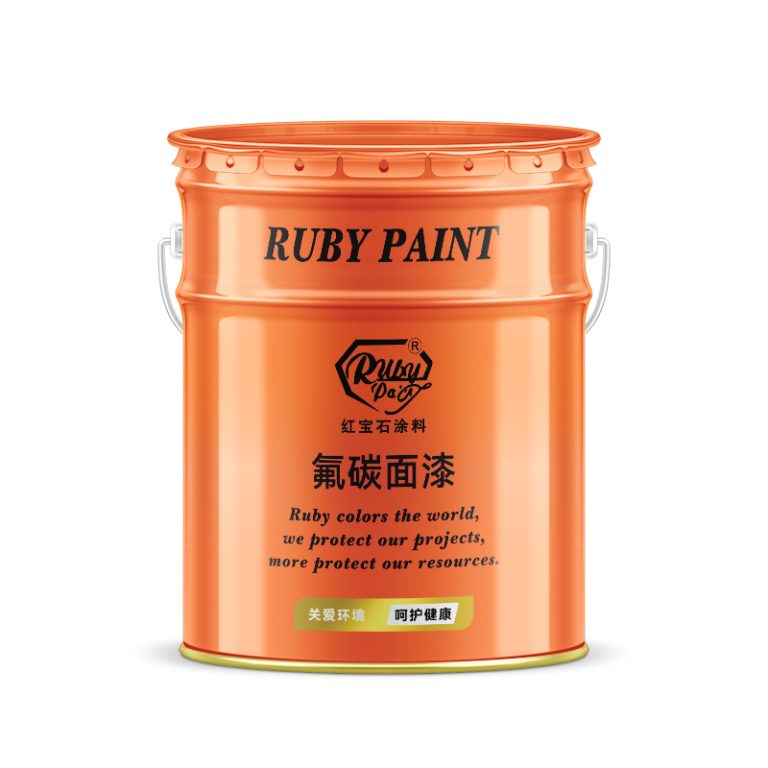Table of Contents
تطبيقات وفوائد يوريثان أكريلات في الطلاءات والمواد اللاصقة
لا.
اسم المقالة

الطلاء الصناعي
| مقارنة يوريثان أكريليت مع الراتنجات الأخرى: تحليل الأداء والتكلفة | الرقم التسلسلي |
| 1 | اسم المنتج |
طلاء إيبوكسي غني بالزنك
هناك راتينج شائع آخر يستخدم في تطبيقات مماثلة وهو راتنجات البوليستر. يُعرف البوليستر بفعاليته من حيث التكلفة وسهولة الاستخدام، مما يجعله خيارًا شائعًا لمشاريع الأعمال اليدوية والتصنيع منخفض التكلفة. ومع ذلك، عندما يتعلق الأمر بالأداء، فإن أكريليت اليوريثان يوفر عمومًا خصائص فائقة. تعتبر راتنجات البوليستر أكثر هشاشة مقارنة بأكريليت اليوريثان، مما يجعلها أقل ملاءمة للتطبيقات التي تتطلب مقاومة عالية للصدمات أو مرونة. علاوة على ذلك، يتمتع أكريليت اليوريثان بمقاومة أفضل للماء والمواد الكيميائية مقارنة بالبوليستر، والذي يمكن أن يكون عرضة للتحلل المائي والتدهور البيئي. إنه يوفر توازنًا جيدًا بين خصائص راتنجات الإيبوكسي والبوليستر، مما يوفر مقاومة أفضل للرطوبة والمواد الكيميائية مقارنة بالبوليستر، ومرونة أكبر من الإيبوكسي. ومع ذلك، لا يزال أكريليت اليوريثان يحتفظ بميزة الأداء العام، خاصة من حيث مقاومة الأشعة فوق البنفسجية والمتانة على المدى الطويل. يميل إستر الفينيل أيضًا إلى أن يكون أكثر تكلفة من البوليستر، مما قد لا يجعله بديلاً فعالاً من حيث التكلفة لجميع التطبيقات.
من منظور التكلفة، يعد أكريليت اليوريثان أغلى عمومًا من البوليستر وراتنجات إستر الفينيل، ويمكن مقارنته إلى أو أعلى قليلاً في التكلفة من راتنجات الايبوكسي. يمكن أن يعزى ارتفاع تكلفة يوريتان أكريليت إلى خصائص أدائه المتقدمة وعملية التصنيع المعقدة اللازمة لإنتاجه. ومع ذلك، فإن الفوائد طويلة المدى، مثل انخفاض تكاليف الصيانة وعمر الخدمة الأطول، يمكن أن تعوض الاستثمار الأولي المرتفع، مما يجعله حلاً فعالاً من حيث التكلفة في كثير من الحالات.
في الختام، عند مقارنة أكريليت اليوريثان مع الراتنجات الأخرى مثل الإيبوكسي والبوليستر والفينيل إستر، فمن الواضح أن يوريثان أكريليت يقدم أداءً فائقًا من حيث المرونة ومقاومة الأشعة فوق البنفسجية والمقاومة الكيميائية. في حين أن تكلفة يوريتان أكريليت قد تكون أعلى من بعض البدائل، فإن متانتها ومتطلبات الصيانة المنخفضة يمكن أن توفر وفورات كبيرة في التكلفة بمرور الوقت. لذلك، بالنسبة للتطبيقات التي تتطلب أداءً عاليًا وموثوقية، فغالبًا ما يكون يوريثان أكريليت هو الخيار الأكثر ملاءمة وفعالية من حيث التكلفة.
Urethane acrylate is a type of oligomer used in various applications, including coatings, adhesives, and inks. It is known for its excellent performance characteristics, such as high flexibility, superior adhesion, and good resistance to chemicals and abrasion. When compared to other resins, urethane acrylate offers distinct advantages that make it a preferred choice in many industries. However, it is also important to consider the cost implications of using this material in order to make an informed decision.
One of the primary resins often compared to urethane acrylate is epoxy resin. Epoxy is well-regarded for its strong adhesion and durability. It is commonly used in applications that require high-strength bonding, such as in the construction and automotive industries. However, urethane acrylate outperforms epoxy in terms of flexibility. This makes urethane acrylate more suitable for applications where the material must endure bending and flexing without cracking. Additionally, urethane acrylate typically has better UV resistance than epoxy, which can yellow and degrade under prolonged exposure to sunlight.
| Serial Serial Number | Product Name |
| 1 | Epoxy Zinc rich paint |
Another common resin used in similar applications is polyester resin. Polyester is known for its cost-effectiveness and ease of use, which makes it a popular choice for DIY projects and low-cost manufacturing. However, when it comes to performance, urethane acrylate generally offers superior characteristics. Polyester resins are more brittle compared to urethane acrylates, making them less suitable for applications requiring high impact resistance or flexibility. Furthermore, urethane acrylate has better resistance to water and chemicals than polyester, which can be prone to hydrolysis and environmental degradation.
Vinyl ester resin is another alternative that is often considered. It provides a good balance between the properties of epoxy and polyester resins, offering better resistance to moisture and chemicals than polyester, and more flexibility than epoxy. However, urethane acrylate still maintains an edge in overall performance, particularly in terms of UV resistance and long-term durability. Vinyl ester also tends to be more expensive than polyester, which may not make it a cost-effective alternative for all applications.
From a cost perspective, urethane acrylate is generally more expensive than polyester and vinyl ester resins, and it can be comparable to or slightly higher in cost than epoxy resins. The higher cost of urethane acrylate can be attributed to its advanced performance characteristics and the complex manufacturing process required to produce it. However, the long-term benefits, such as reduced maintenance costs and longer service life, can offset the initial higher investment, making it a cost-effective solution in many cases.
In conclusion, when comparing urethane acrylate with other resins like epoxy, polyester, and vinyl ester, it is clear that urethane acrylate offers superior performance in terms of flexibility, UV resistance, and chemical resistance. While the cost of urethane acrylate may be higher than some alternatives, its durability and reduced maintenance requirements can provide significant cost savings over time. Therefore, for applications that demand high performance and reliability, urethane acrylate is often the most suitable and cost-effective choice.





